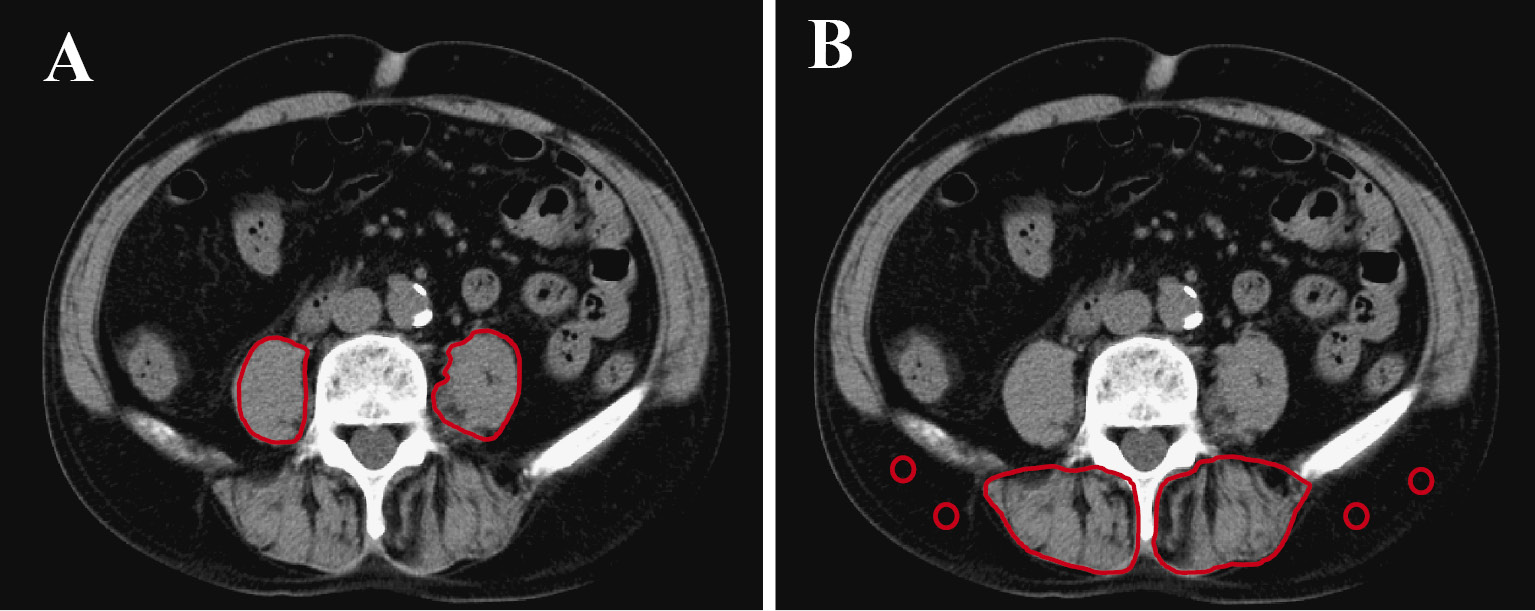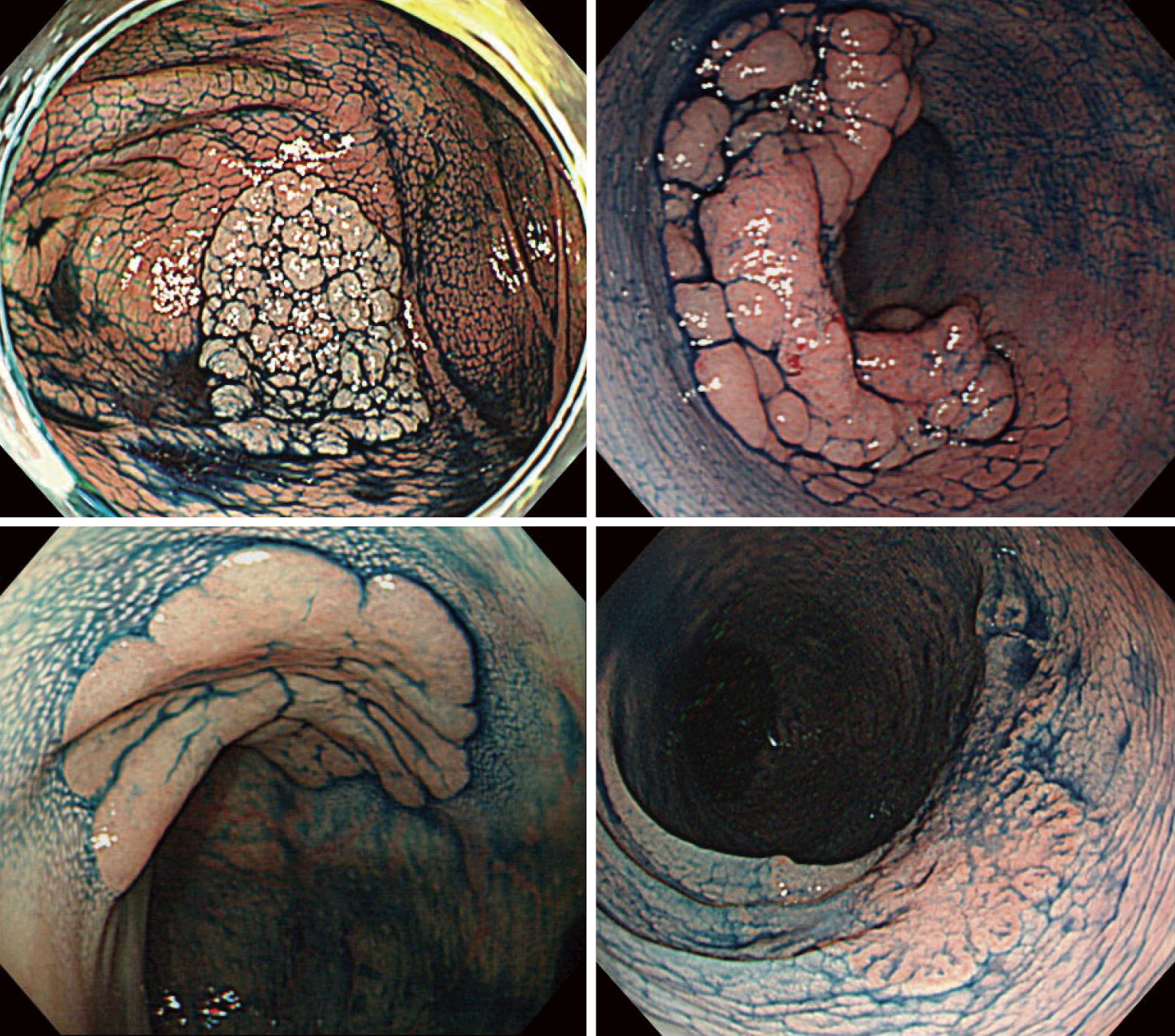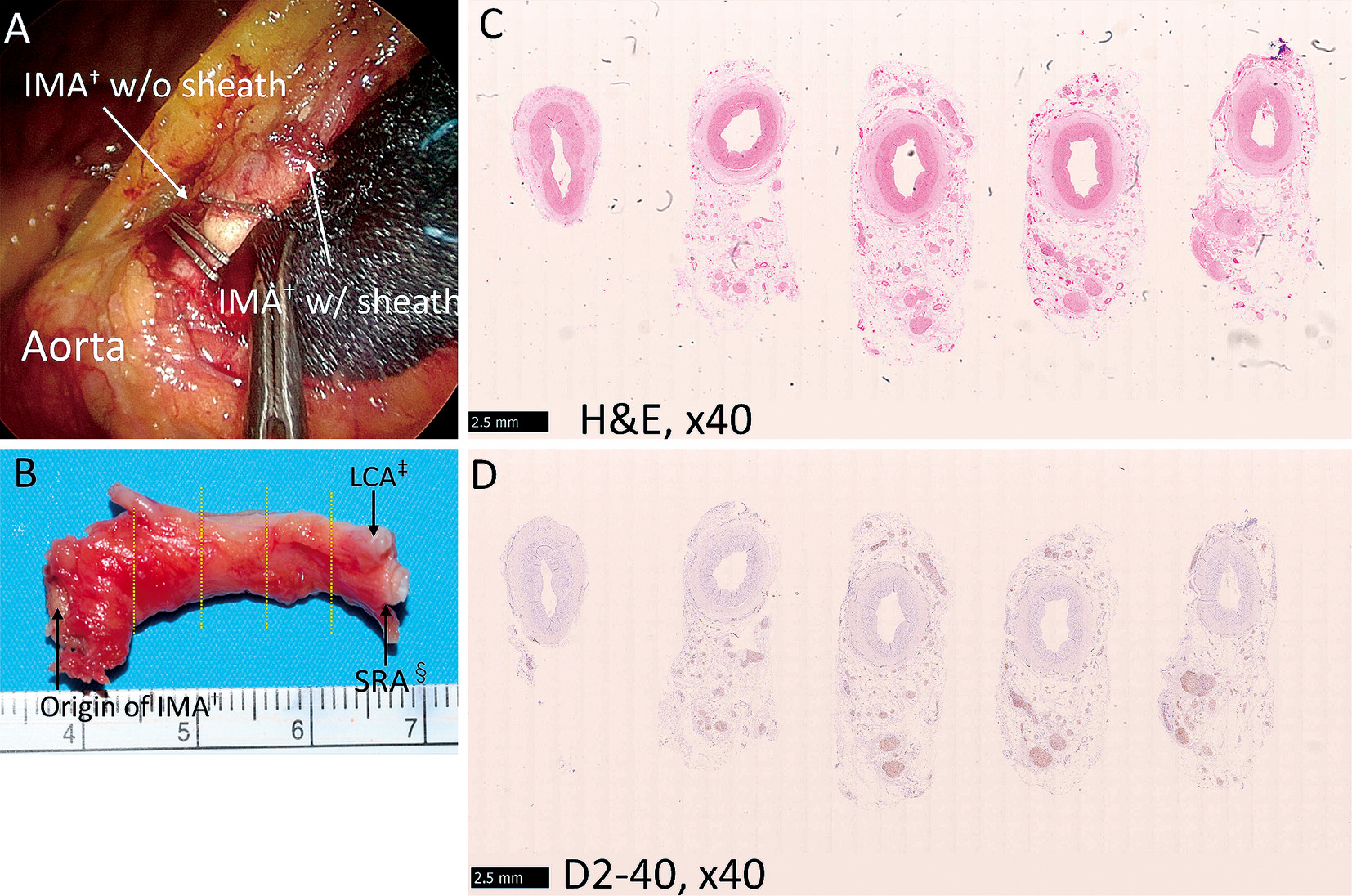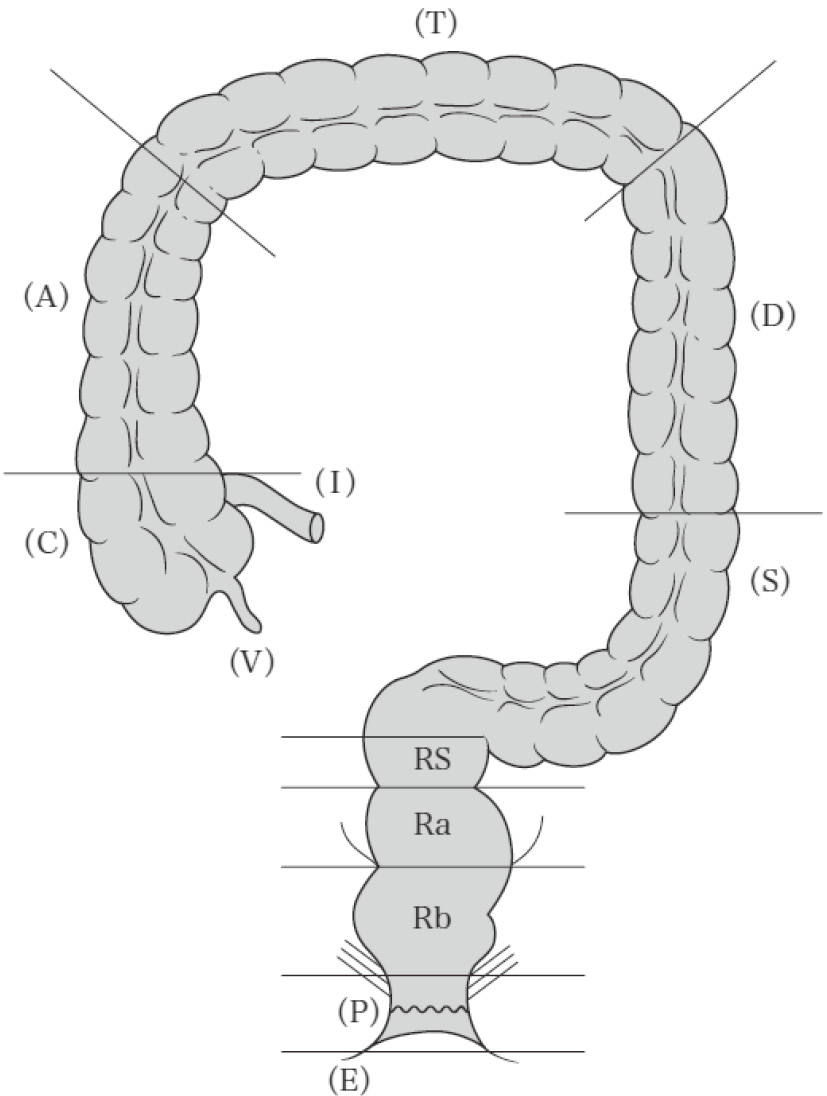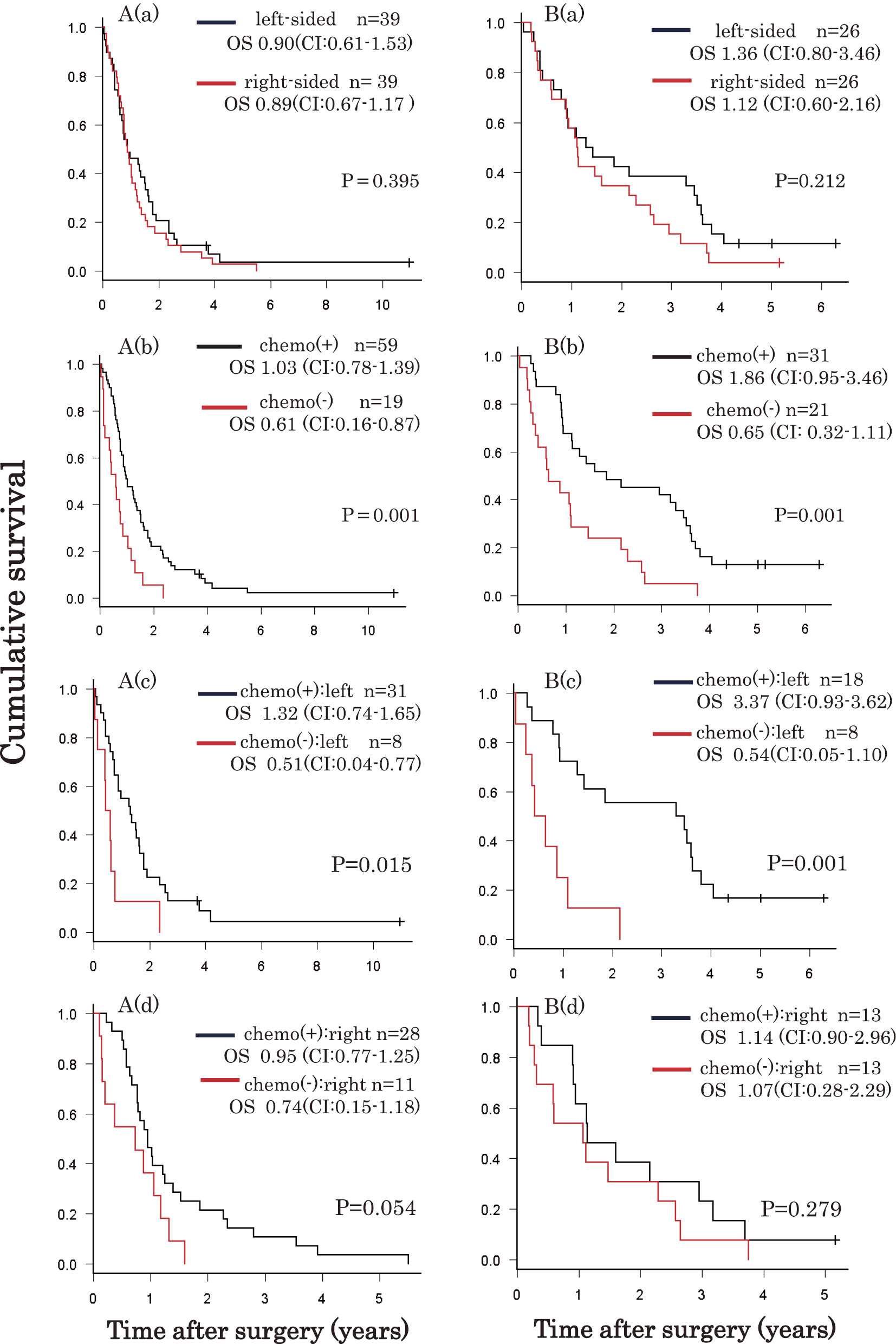3 巻, 4 号
選択された号の論文の6件中1~6を表示しています
- |<
- <
- 1
- >
- >|
ORIGINAL RESEARCH ARTICLE
-
2019 年 3 巻 4 号 p. 143-151
発行日: 2019/10/30
公開日: 2019/10/30
PDF形式でダウンロード (297K) -
2019 年 3 巻 4 号 p. 152-159
発行日: 2019/10/30
公開日: 2019/10/30
PDF形式でダウンロード (812K) -
2019 年 3 巻 4 号 p. 160-166
発行日: 2019/10/30
公開日: 2019/10/30
PDF形式でダウンロード (176K) -
2019 年 3 巻 4 号 p. 167-174
発行日: 2019/10/30
公開日: 2019/10/30
PDF形式でダウンロード (1510K)
PRACTICE GUIDELINES
-
2019 年 3 巻 4 号 p. 175-195
発行日: 2019/10/30
公開日: 2019/10/30
PDF形式でダウンロード (886K)
CLINICAL RESEARCH
-
2019 年 3 巻 4 号 p. 196-202
発行日: 2019/10/30
公開日: 2019/10/30
PDF形式でダウンロード (1048K)
- |<
- <
- 1
- >
- >|

